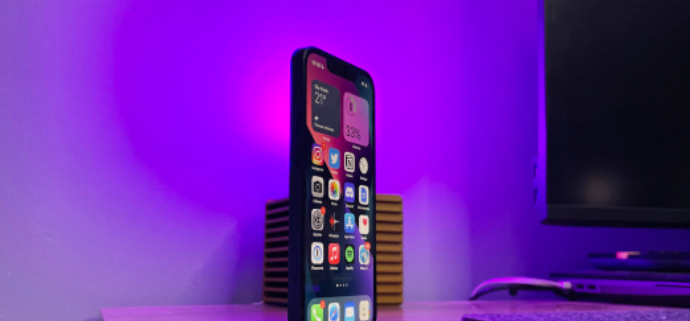The virtual chip (eSIM) has been a solution popularized by the iPhone since 2018. But did you know that Apple co-founder Steve Jobs already wanted to eliminate entry to carrier chip on the first iPhone in 2007? That’s what one of the iPod officials, Tony Fadell, says in an interview with journalist Joanna Stern.
The story revolves around the carrier chip placed on the side of the smartphone. According to Fadell, during the development of the first iPhone, Jobs was opposed to the idea of having a space to put the SIM card. The problem is that, at that time, solutions such as eSIM did not yet exist, limiting their dreams.
But the co-founder raised some references to support his idea. The executive recalled from carrier Verizon, which uses CDMA technology and does not rely on chips to work. To refresh the memory, this is the solution adopted by Claro and Vivo when they were still called ATL and Telefonica, respectively.
The problem is that technology does not have a wide scope in the world. In Brazil, after Oi and TIM arrived in the domestic market with GSM technology, Claro and Vivo abandoned CDMA in the 2000s. GSM is also widespread in other regions, such as the European Union, as the standard was made by the European Institute of Telecommunications Standards (ETSI).
In the end, the iPhone was launched with GSM technology. Then, in 2011, Apple even released a cdma-supported version of the iPhone 4 to serve Verizon customers. Later in 2018, the iPhone XR, XS and XS Max were released with eSIM support, which has the potential to replace the physical chip in the future.
eSIM is not a technology created by Apple, but that was popularized by the iPhone. The solution gave the faces in the models of 2018, bringing the brand’s smartphones a function beyond expected: the Dual SIM. But although the main use is aimed at the use of two lines at the same time, the feature tends to decree the end of the physical chip.
And that could be one of Apple’s bets for the future. In December, MacRumors reported that the manufacturer asked U.S. carriers to prepare for an iPhone with no chip entry. The deadline for the change would be in September 2022, when the company is expected to launch the iPhone 14 line.
On the one hand, this is a good point: manufacturers can gain more internal space to implement other components. On the other, this change may be a barrier in some regions. And this is precisely one of the problems that many Brazilians encounter, because activating eSIM in Brazil can give a lot of headache.

